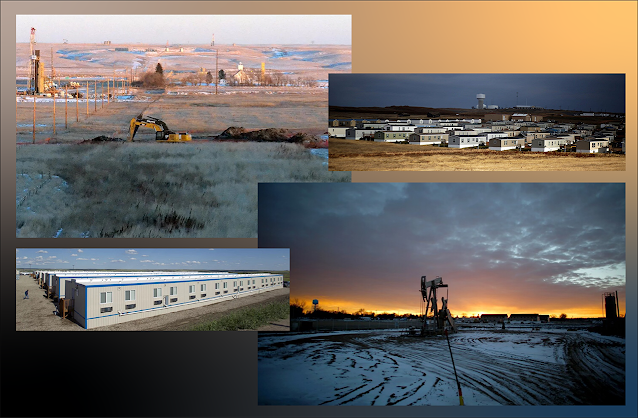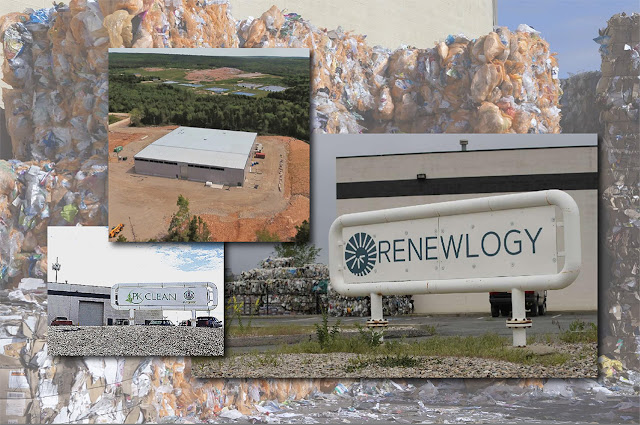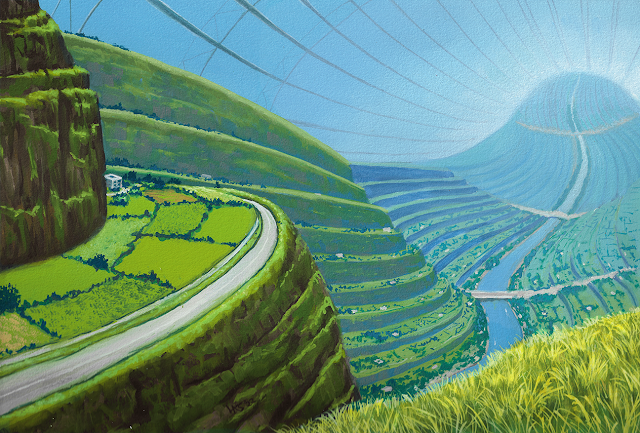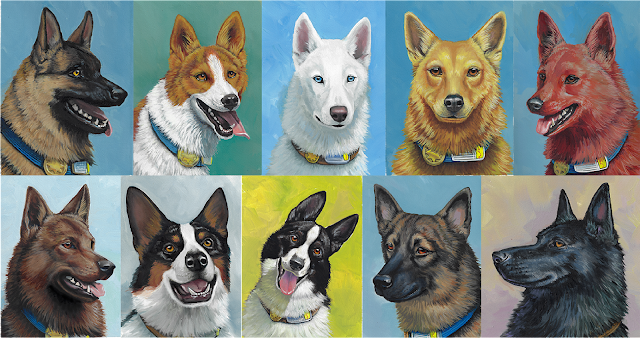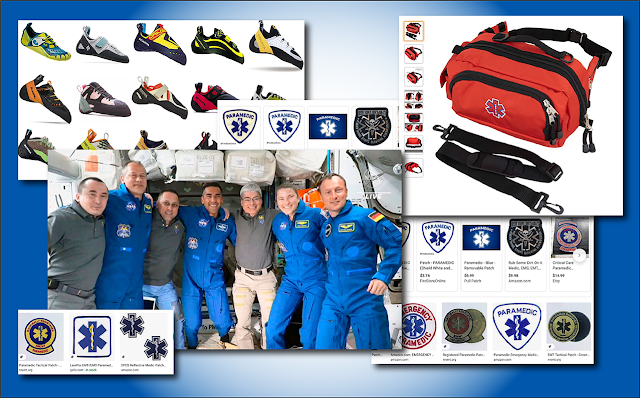By Jan S. Gephardt
I’ve been thinking about space stations, lately (sure, doesn’t everyone?). As a regular reader of science fiction, I encounter the fictional kind pretty often. And I’m always interested in news from Earth’s very own space station, the ISS. Technically we Earthlings have two, but it seems like China doesn’t want to share.
I’m particularly interested in Jessica Watkins’ long-duration ISS assignment. She’ll stay in orbit for 6 months, adding valuable insight to our knowledge about the effects of microgravity on humans, by providing data from someone who is not a white male. She’s also breaking new ground (another “first,” –the first Black woman to fly an extended mission).
The information Watkins will gain for us is particularly important to me. That’s because anytime I’m thinking about space stations, the first one that comes to mind is the one I’m working hard to create: Rana Station.
 |
| The Sirius River Valley: It’s hard to imagine the years of effort by a surprising number of people that lie behind this peaceful-looking landscape. (Painting © 2022 by Lucy A. Synk). |
My Anti-Disbelief Kit
As a writer, my most pressing necessity is to induce rational, intelligent, scientifically-educated readers to willingly suspend their disbelief and accept some patently unreal things. That humans can live together with a non-Terrestrial sapient species in harmony within the same nation, for example. That a government could dedicate itself to the well-being of all citizens. Or law enforcement agencies could fight crime effectively and respect the civil rights of everyone, even criminals. That dogs can be uplifted to an intelligence level on par with humans, for another. And, of course, that they all can exist in an exo-system somewhere else in the Galaxy, inside a human-and-ozzirikkian-made megastructure in space.
I know: that’s a lot of disbelief to suspend! But I have a huge advantage. Decades of popular media have trained people in our culture to recognize such ideas as not totally crazy. Thank you, Star Trek, Star Wars, and of the many, many other “space”-based movies, TV shows, and video games we’ve enjoyed!
The other major tool in my Anti-Disbelief Kit is to follow the science we do know, as closely as possible in my story context. That’s why thinking about space stations is something I do frequently. I keep updating myself, even as I have started publishing my XK9 books. If I can stay up-to-date with current knowledge development about space, as well as the knowledgeable extrapolations of experts, my stories will ring more true to my readers.
 |
| Things float around in microgravity – and there is no “up” or “down” unless it’s relative to one’s own face and hands. (See extensive credits below). |
Enough to Eat – In Space
I don’t remember a time when I wasn’t planning to set my XK9 stories on a self-contained, self-sufficient space station. It was part of my basic concept “from the git-go.” Part of the appeal for me came from the “closed system” nature of the interior environment. I’ve done a lot of research and given a lot of thought to food production, protein sources, and agricultural infrastructure on a self-sufficient space station.
I think we all know the more familiar idea of a space station as a port of some sort. Sort of a super-sized airport in space. Most fictional space station depictions don’t get into food production questions. They mostly assume there are logistics chains from somewhere (or that magical “replicators” will cover the need). But I’m from farm country, I was born in the Show-Me State, and I’m also a longtime home gardener. I have a real hard time suspending my own disbelief when it comes to replicators or astronomically long logistics chains. How could I ask my readers to do so?
Something we already know about hauling things up from gravity wells into space is that it’s very expensive. And – speaking of thinking about space stations and their resupply issues – on the ISS they’ve been growing experimental food-producing plants for a long time already. NASA and the world’s other space agencies know full well that multi-year space missions or “colonies” on the Moon or Mars can’t afford to rely only on food from Earth.
 |
| Taken in the Food Tasting lab in building 17: Bags of International Space Station food and utensils on tray, 2003. (see credits below). |
Thinking About How to Build Rana Station
Thinking about space stations in the abstract is all well and good. Having some starting-point ideas about what you think you want to do is essential. But the next step is research. I had seen others’ fictional space stations. As I’ve noted in a previous post, within my lifetime I’ve experienced the progression from a time before we had real-life space stations, till now.
I love research. My sister would tell you that there have been times when I seemed likely to happily delve into research forever, and never resurface to write stories at all. And when it came time to create my own space station, I certainly didn’t need to start from scratch. I had loads of wonderful data, ideas, and extrapolations to build from. I “just” needed to do the research.
In this case, I took my “DIY project” online. The more thinking about space stations that I did, and the more research I piled up, the clearer it became that I had a lot of choices. In part to help me think through each possibility clearly, and in part to make good use of my research time, I created blog posts about several different space station designs. Even though I ultimately decided not to use them for Rana Station, I wanted to consider them. I blogged about Dyson Rings and Spheres, Bernal Spheres, and O’Neill Cylinders. But for Rana Station, for several reasons, I settled on a chain of super-sized Stanford Torii.
 |
| Visions from the Ames Center in 1975: © NASA; artwork at left by Don Davis. Artwork at right by Rick Guidice. |
Always Thinking About Space Stations
The longer my readers and I spend on Rana Station, the more aspects of it will become relevant, and the more ideas I can explore. It’s not enough to do the research and have ideas about how things should be set up. The science fiction novelist’s mission is to both entertain and explore science-based thought experiments. The cool ideas we cook up will only gain traction if they’re smoothly inserted into an engaging story when they become relevant.
The idea of uplifted police dogs on a space station will tend to intrigue the kind of people I’m writing for. But it’s my job to keep then intrigued and engaged once they’ve arrived on-Station. That’s why I’m always working on new story ideas. Always seeking better ways to visualize my characters in greater depth. It’s why I’m interested in new forensic science developments, and new discoveries about dog cognition.
And it’s why I’m nearly always thinking about space stations.
IMAGE CREDITS
The illustration at the beginning of this post is ©2022 by Lucy A. Synk. This painting was first unveiled on my monthly newsletter. Learn more about how it was developed and why it was painted in my recent post, “A Vision From a Different World.”
Many thanks to NASA and JAXA, the Japan Aerospace Exploration Agency, for the photos in the montage of people working inside the ISS. Floating on the left side of the montage, Flight Engineers Shannon Walker and Michael Hopkins put together extra sleeping space for astronauts during a "crew handover." The sleep unit is the Crew Alternate Sleep Accommodation (CASA). It can be converted to a storage rack when it's not an emergency bunk. They installed it in the European Space Agency-built Columbus laboratory module. Hopkins later became the first astronaut to transfer to the US Space Force.
The NASA photo at what is to us the top of the image shows Astronaut Kate Rubins working with the Biomolecular Sequencer. Her experiments with it yielded the first DNA sequencing in space. In the third photo (from JAXA), Astronaut Norishige Kanai exercises on the Advanced Resistive Device (ARED). Designed to fight muscle loss in space, it has proven to work much better than the previous unit. The Rubins and Kanai photos came from a NASA story about preparations for a new moon mission.
Two Photos You May Remember
I used the less-than-mouthwatering array of contemporary space food on an earlier blog post, “Growing Rana Station’s Agriculture.” Many thanks to original sources NASA and Wikimedia Commons!
I also used the two vintage views inside a Stanford Torus, in “A Vision From a Different World.” These 1975 paintings are ©1975 by NASA. They were painted by Don Davis (torus interior landscape) and Rick Guidice (cutaway view). I am deeply grateful that NASA has made this resource so freely available.


